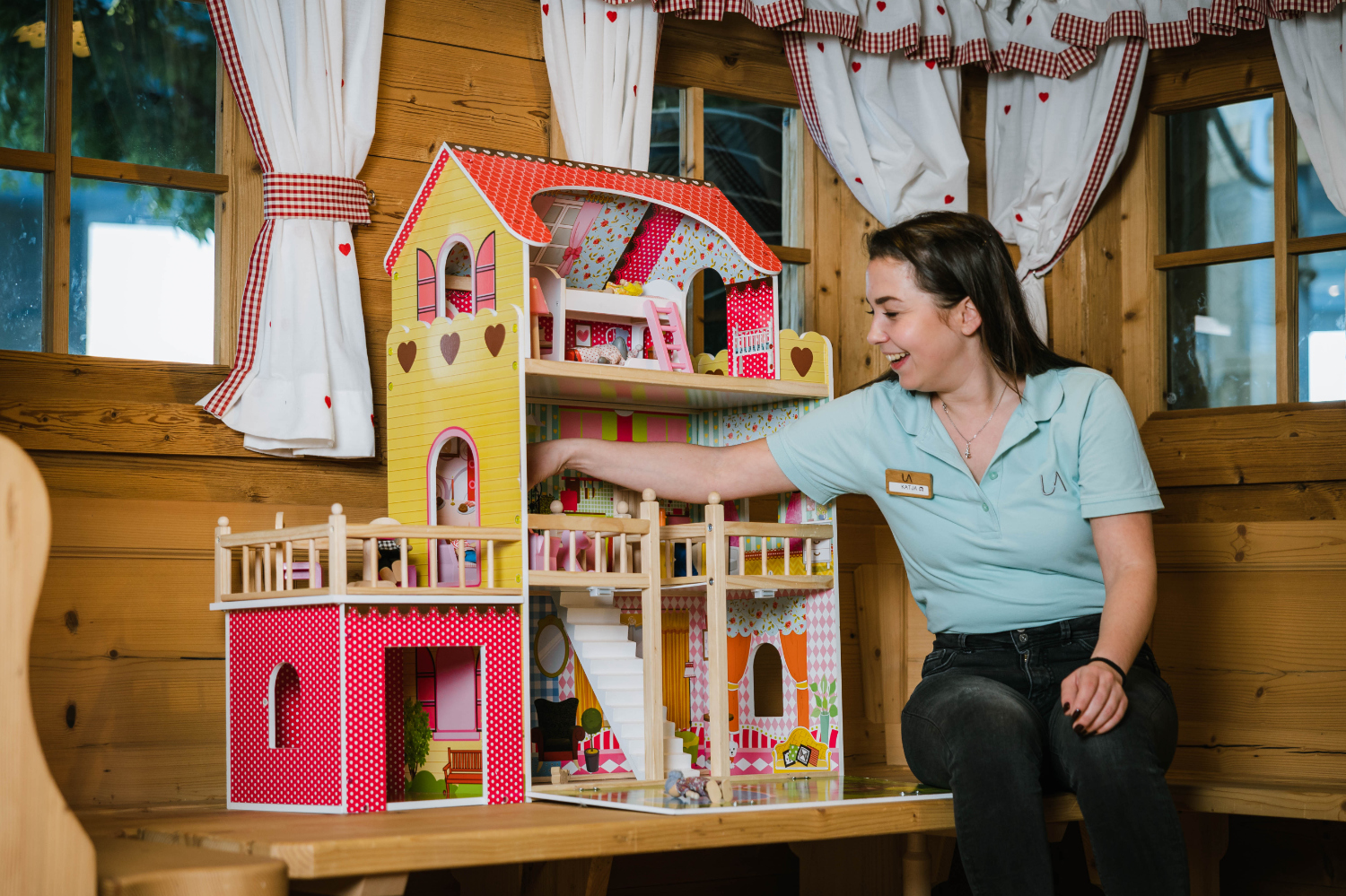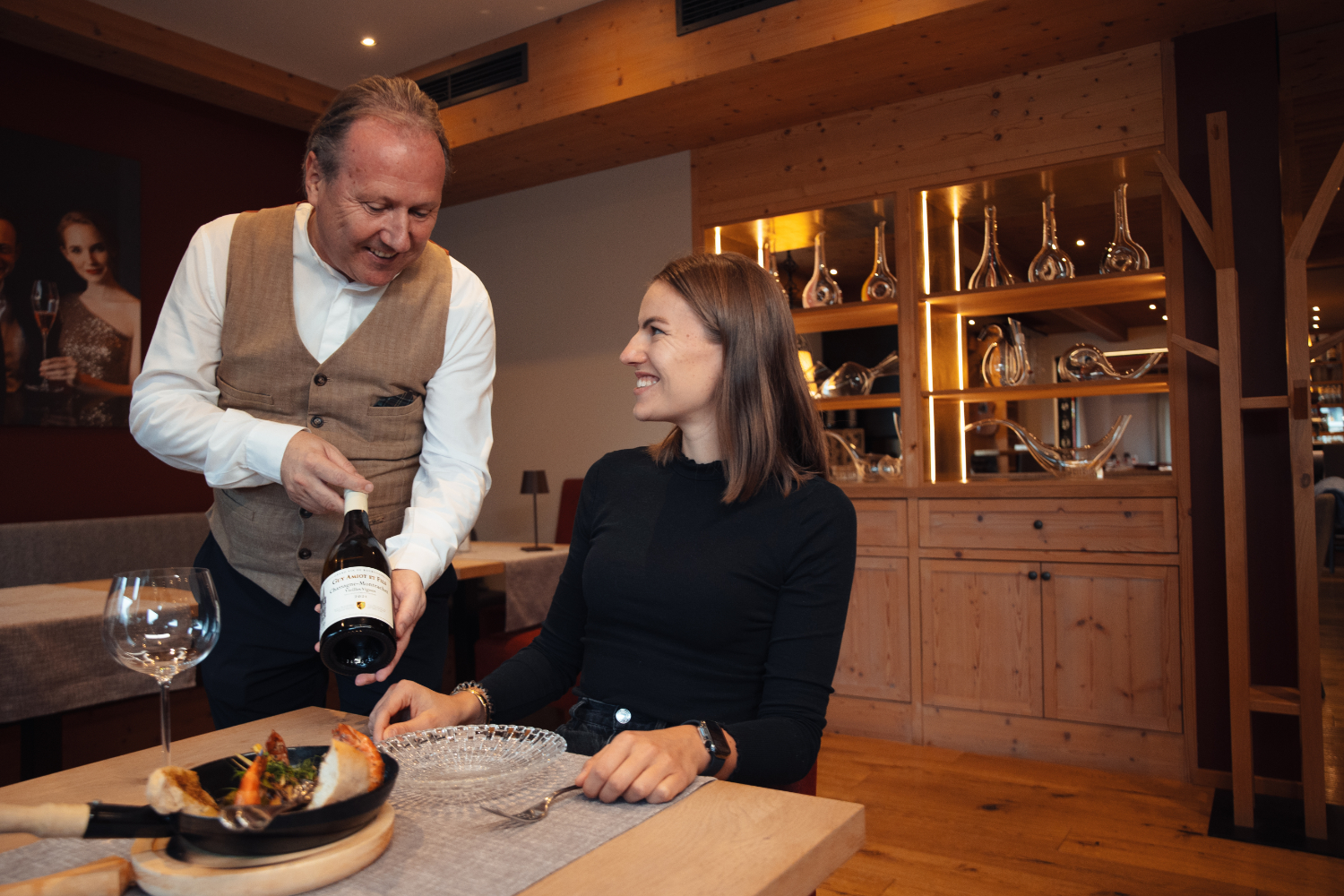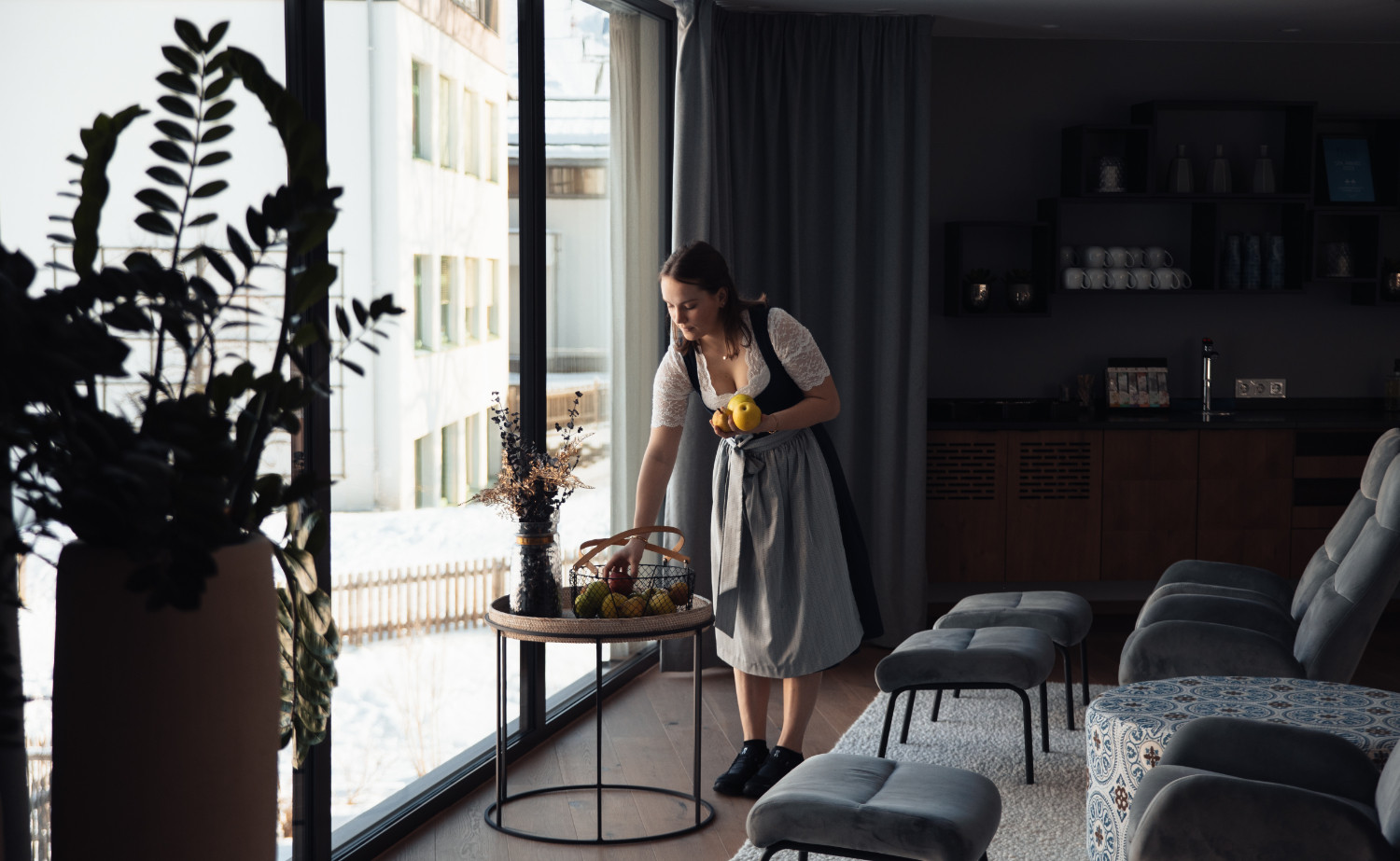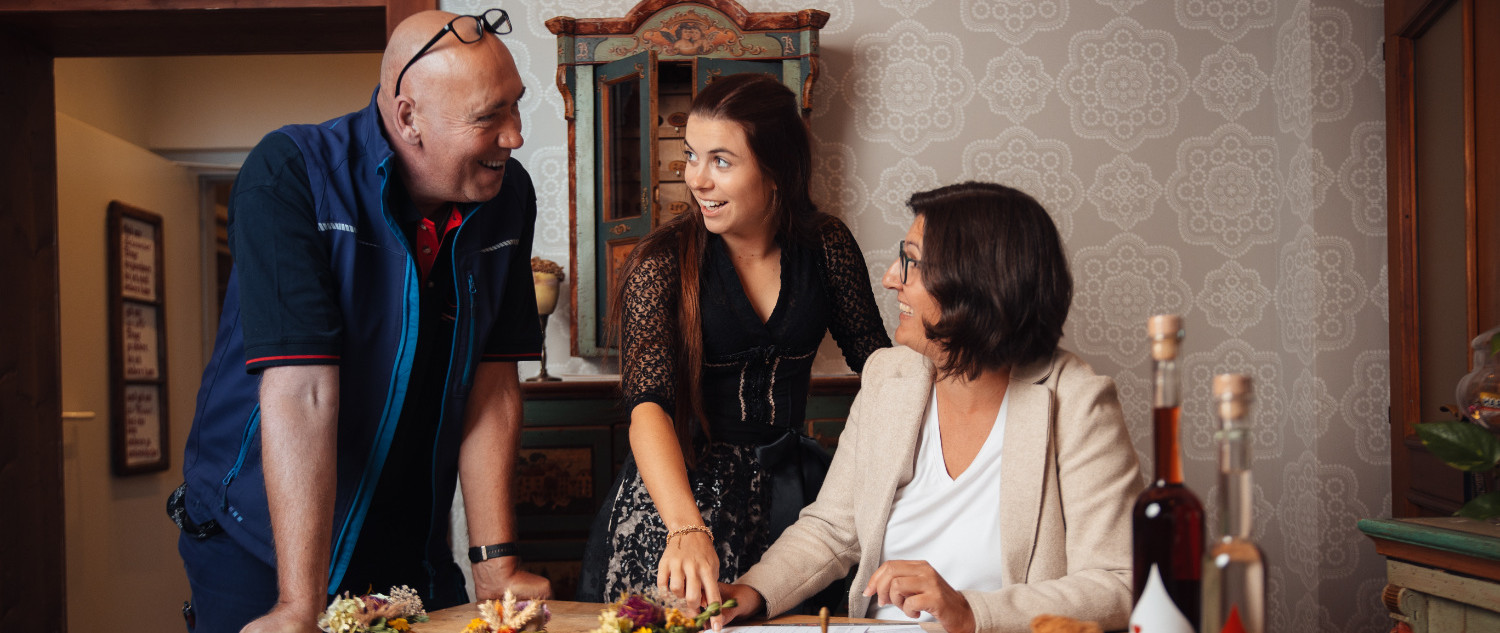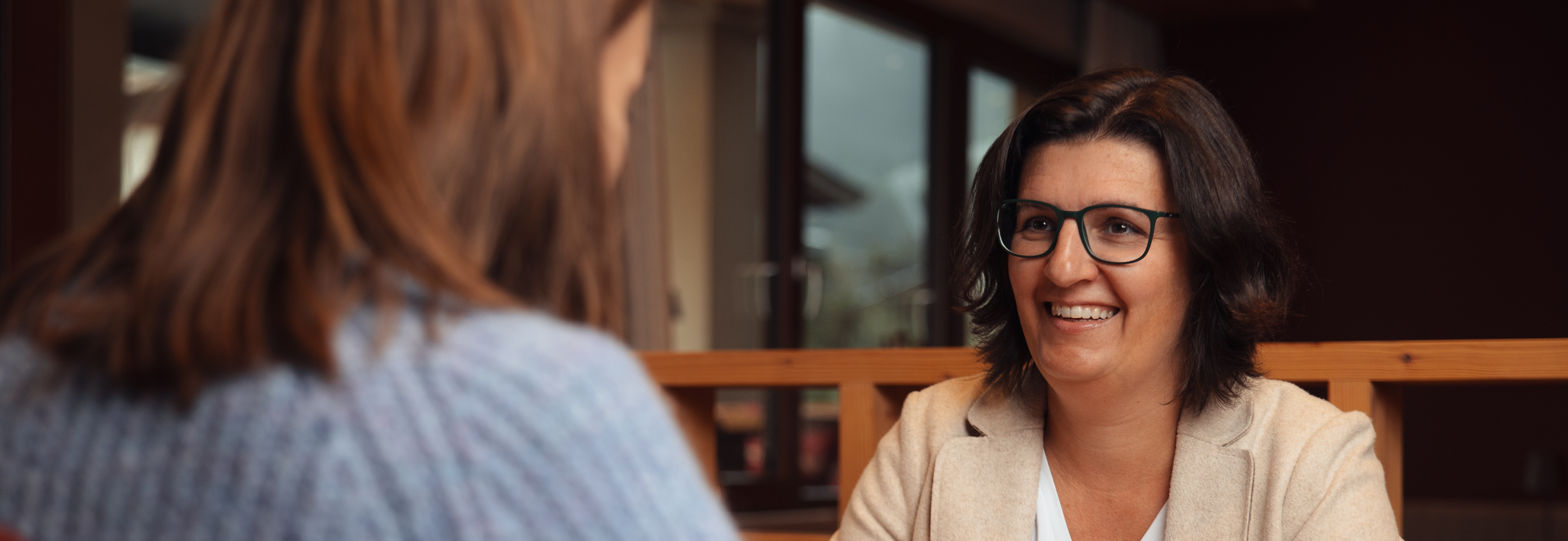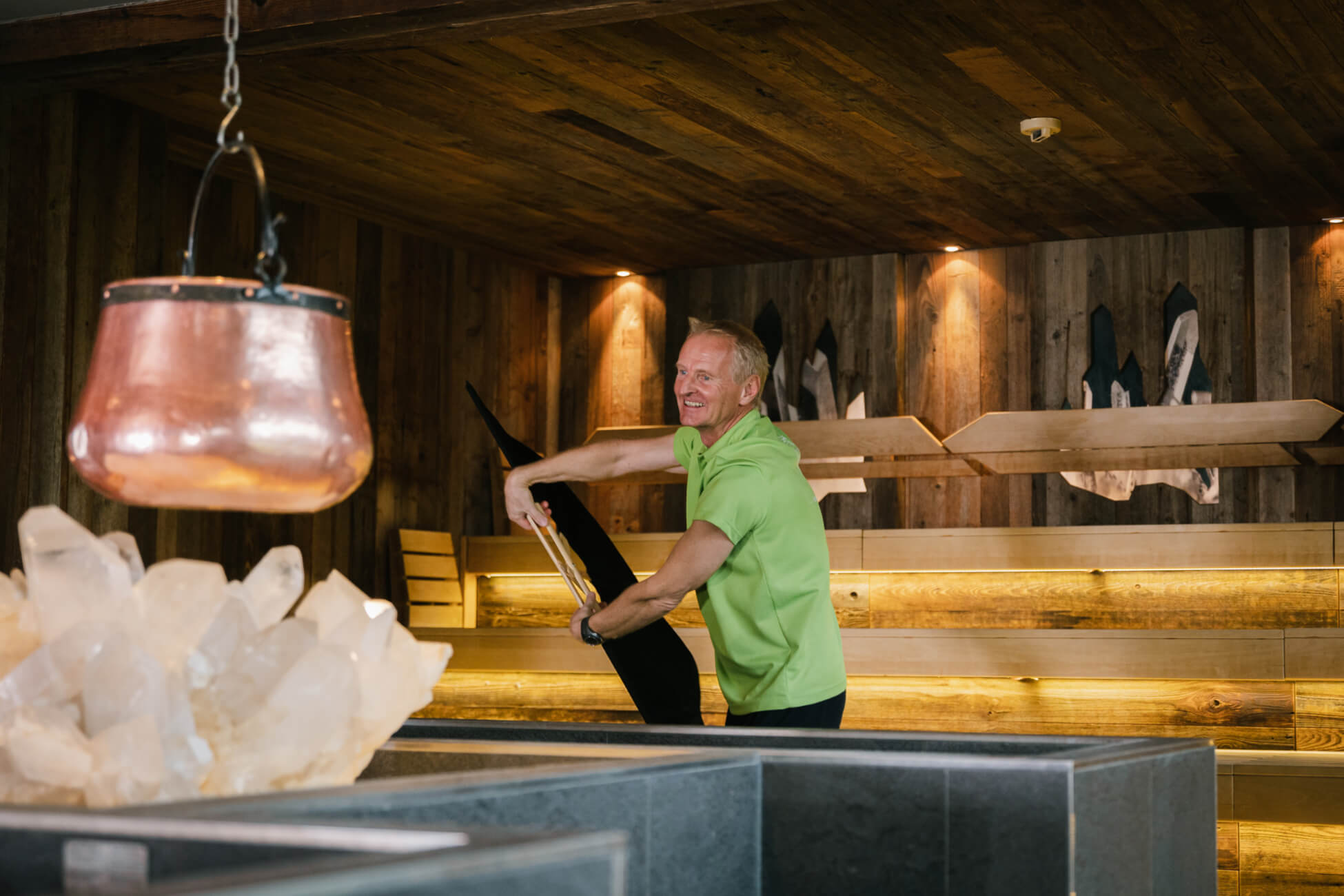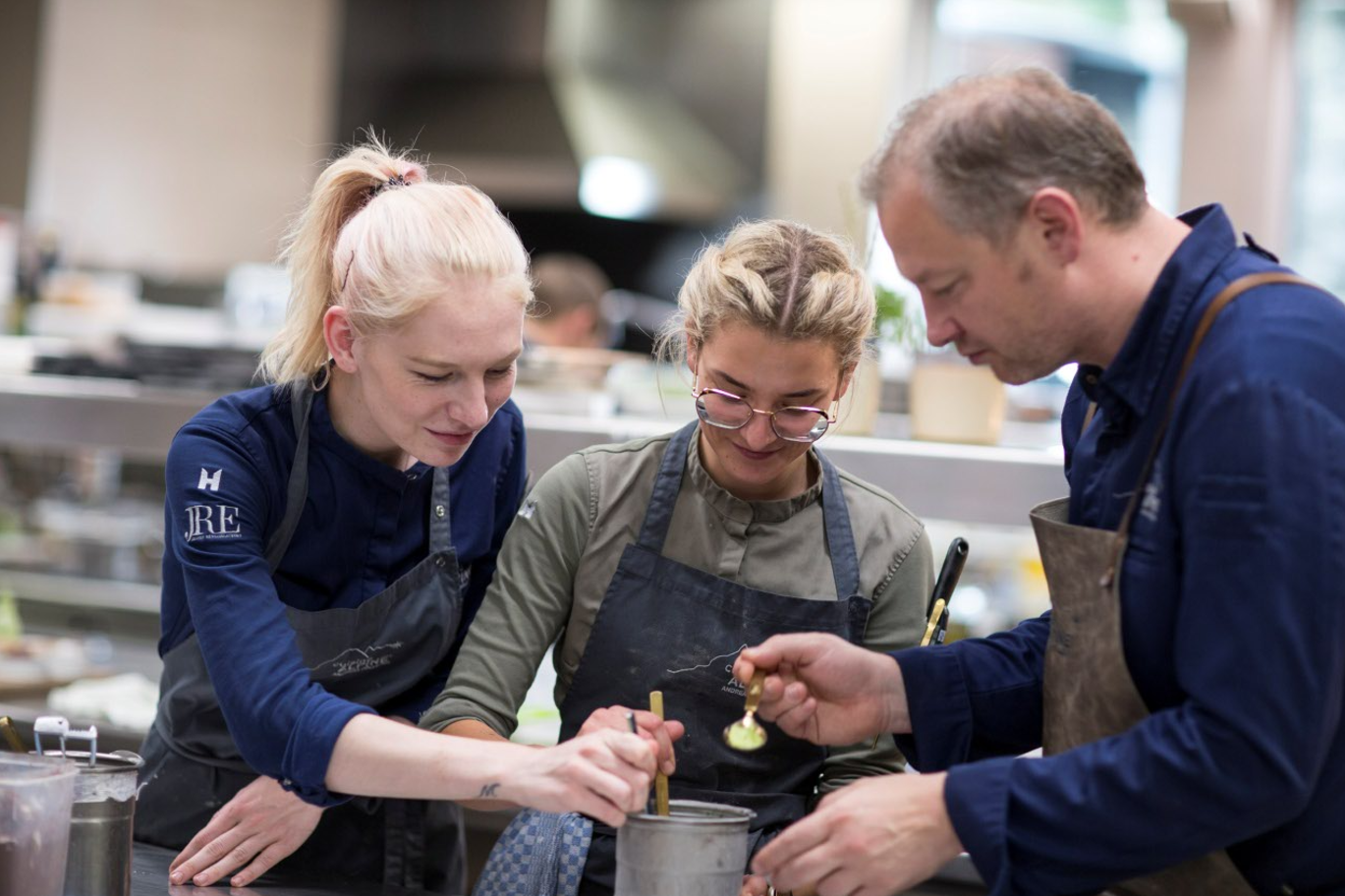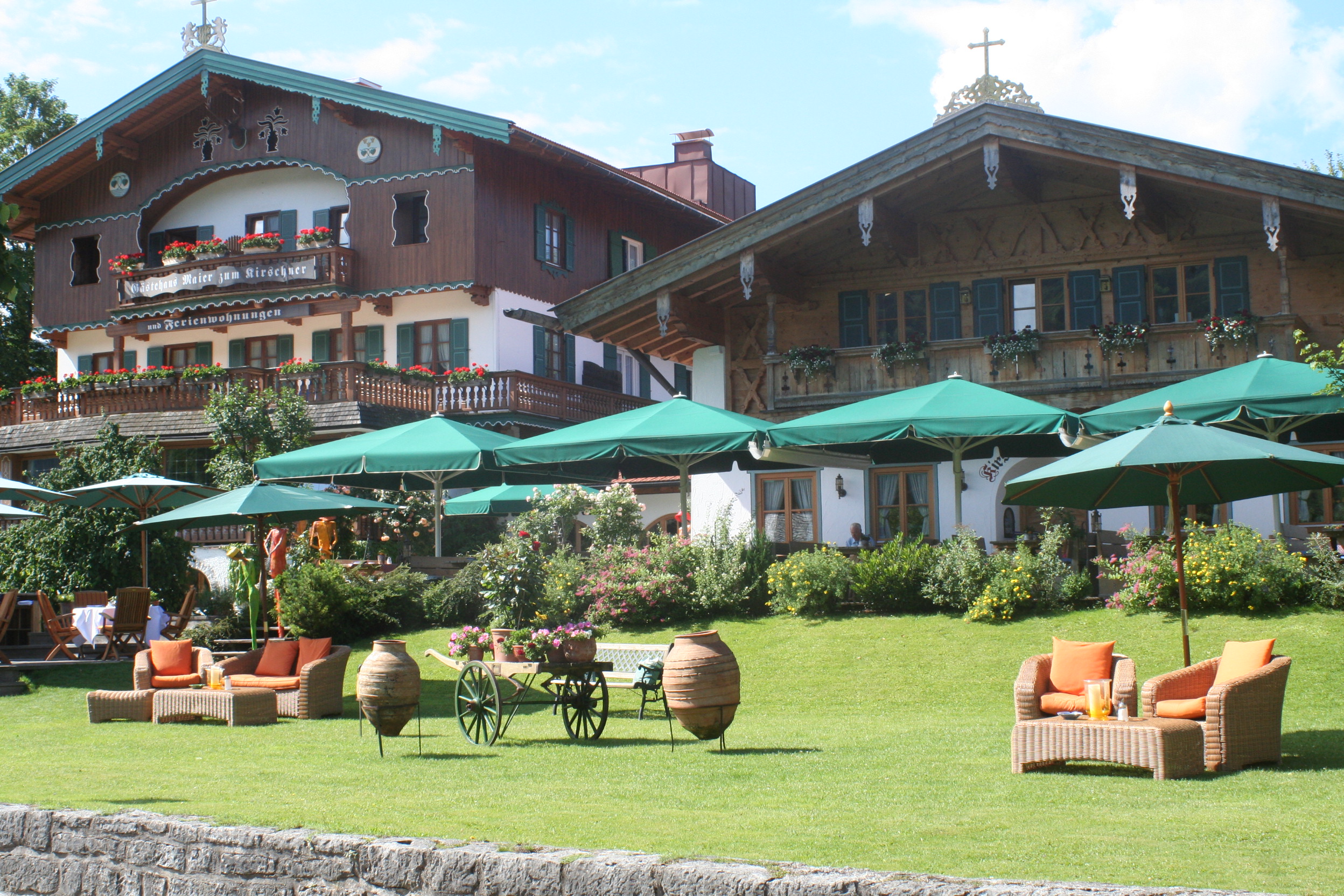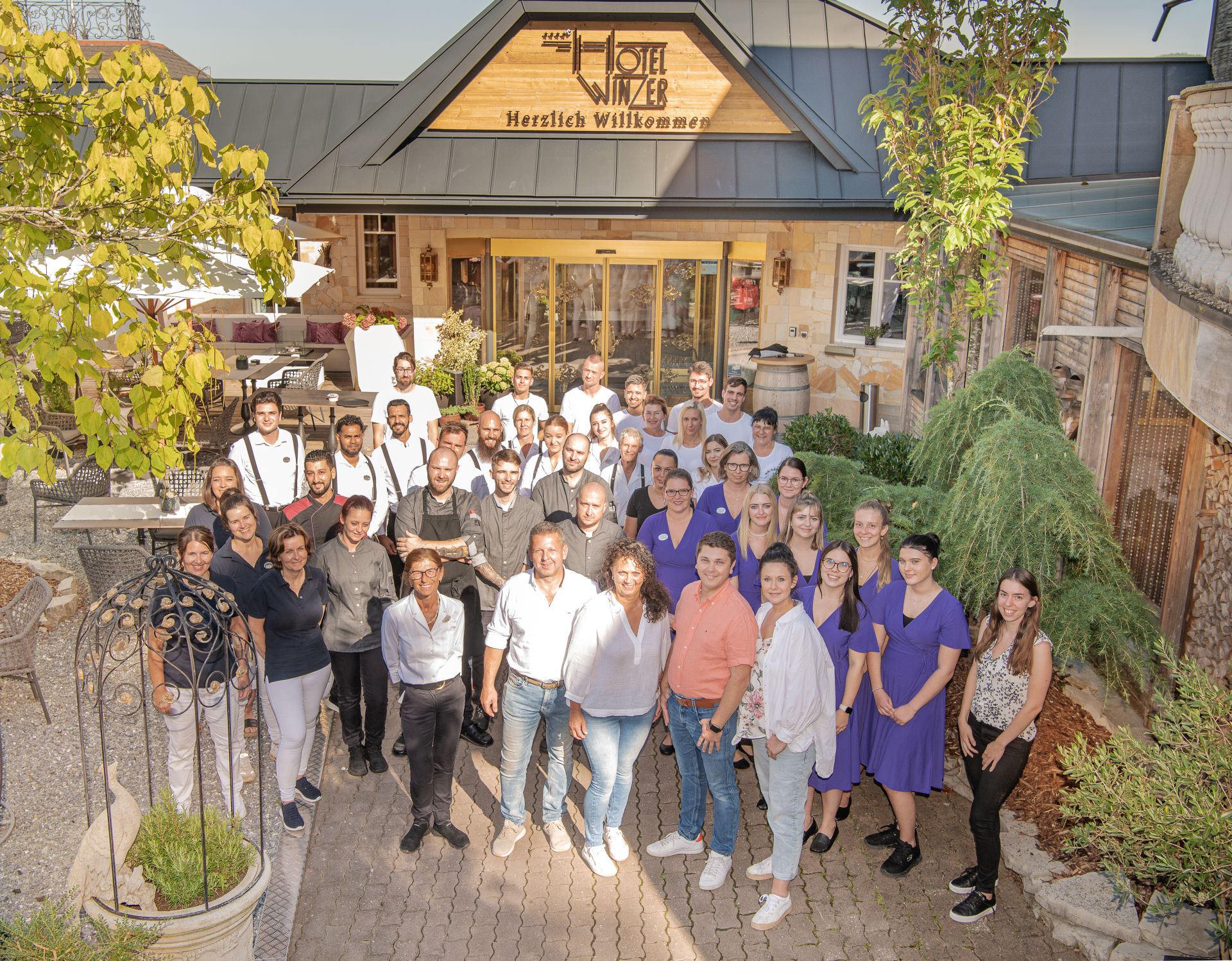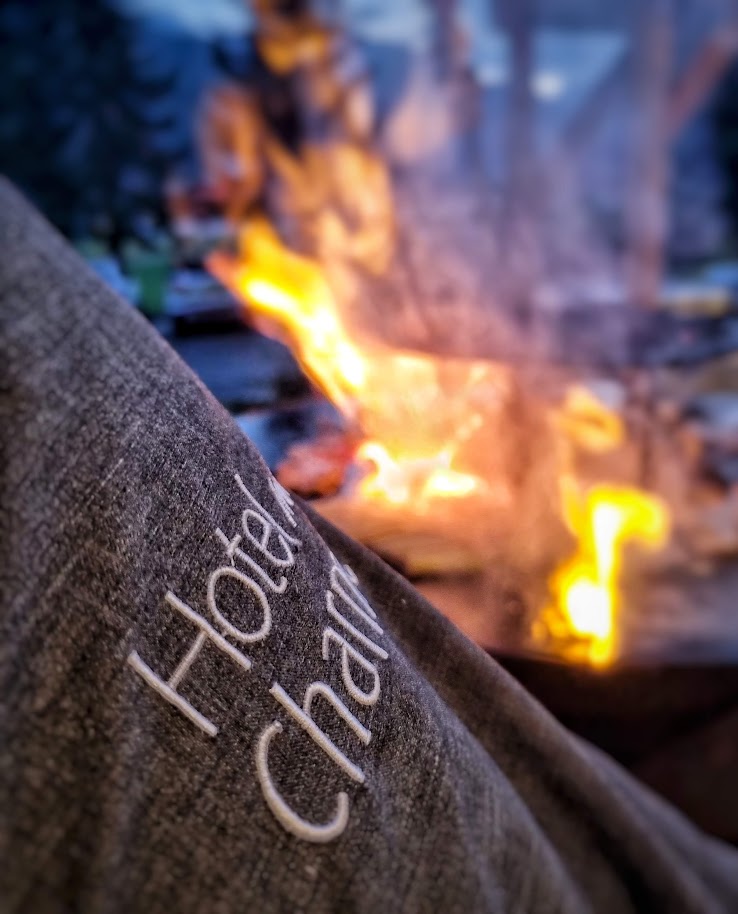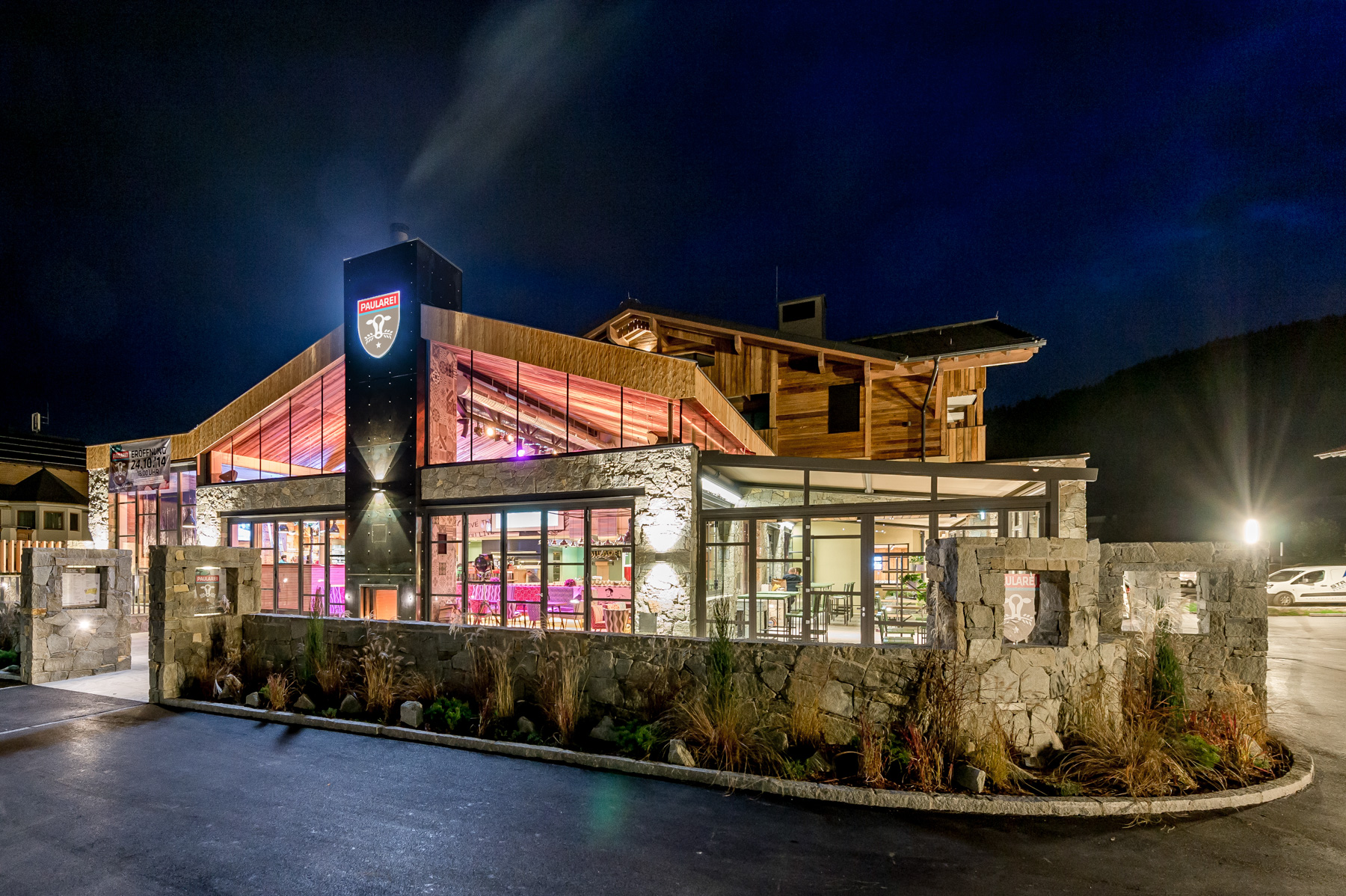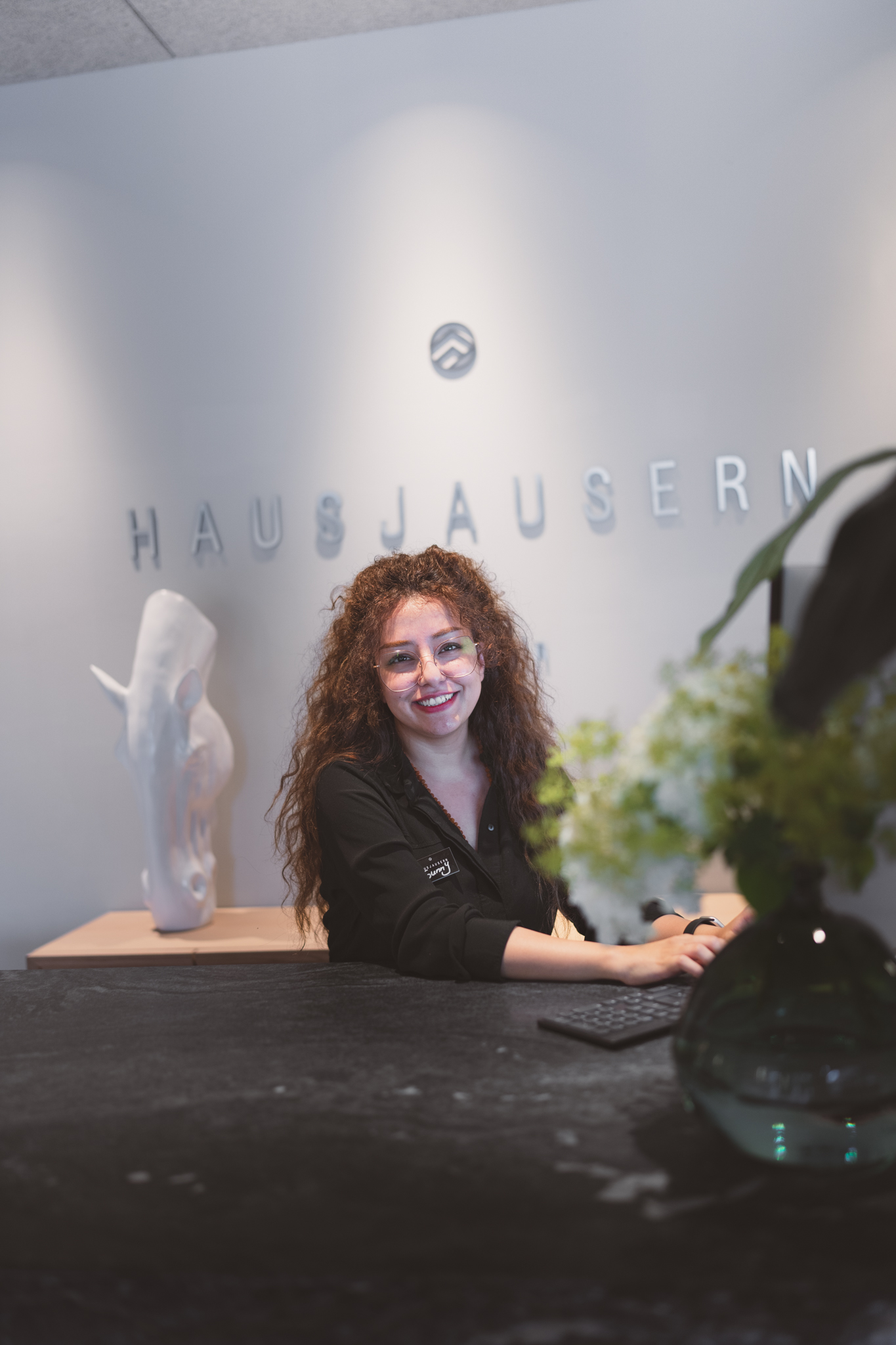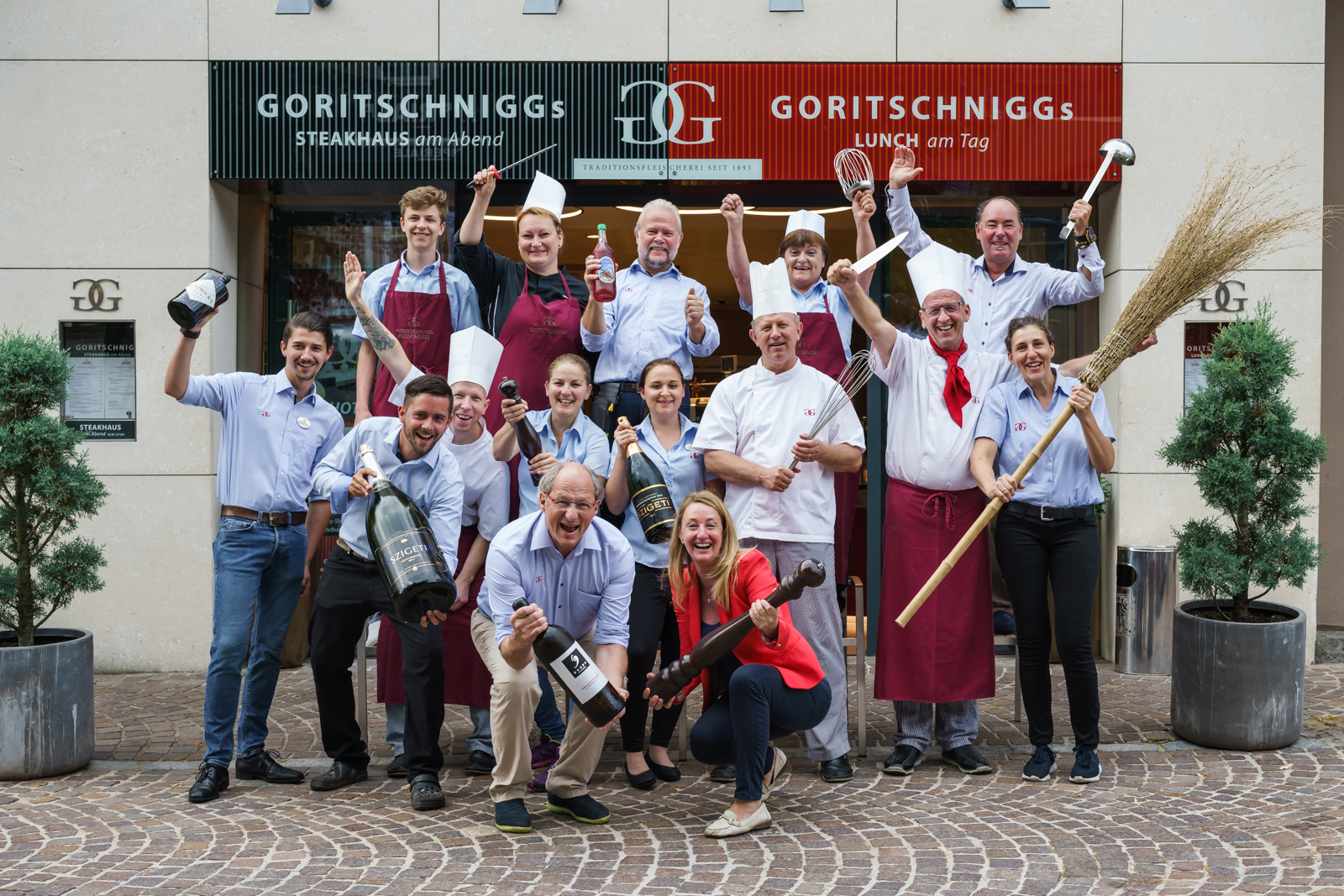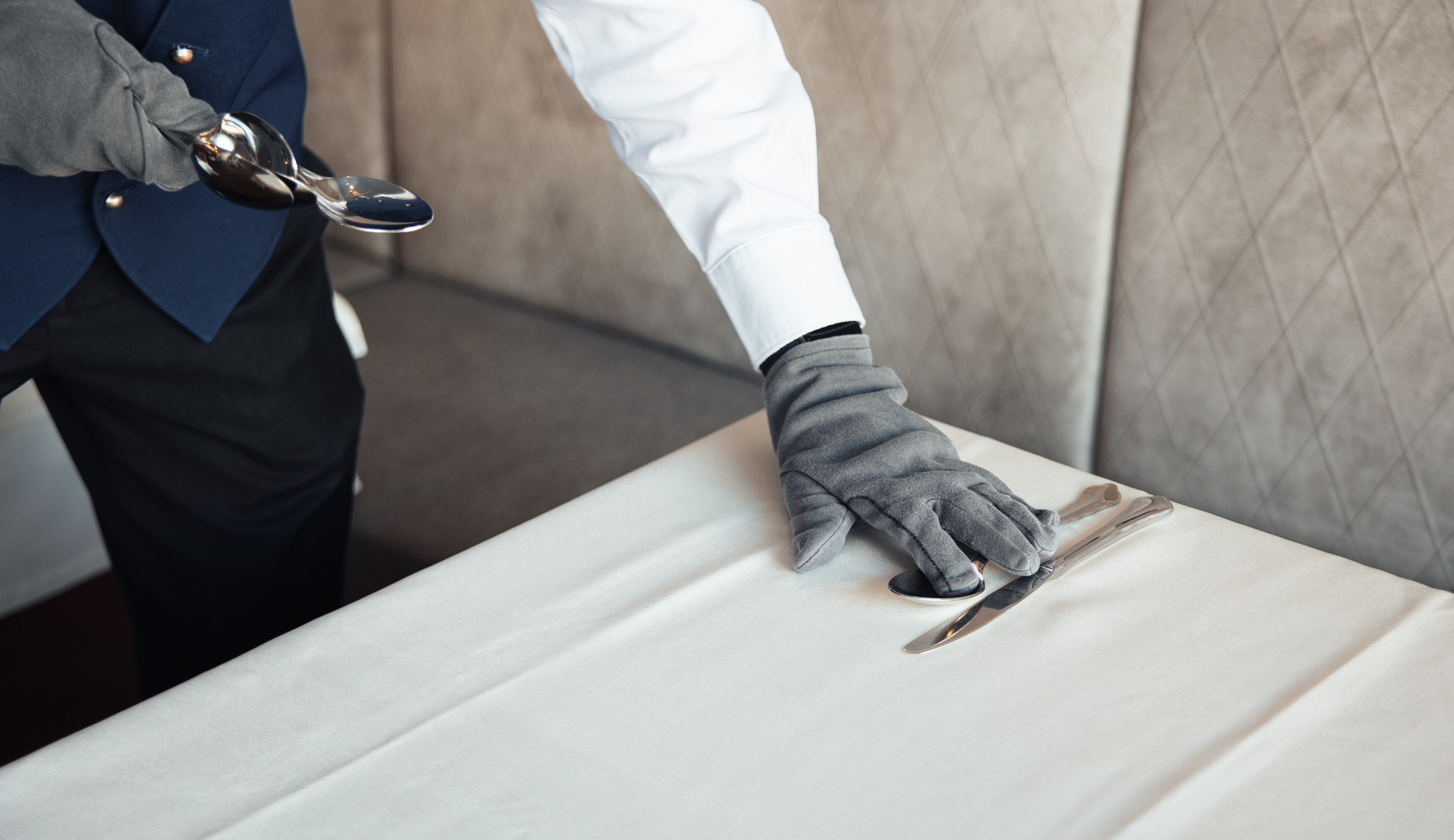
Cutlery language - This can mean the placement of the knife and fork
Praise, criticism, a break or the end of the meal - all of this can be expressed simply by the placement of the cutlery. Wondering how?
The knife and fork can be placed on the plate in different ways. And each individual way of placing them means something different. The cutlery language is almost like a secret language, because not everyone knows the different possibilities.
We'll show you the four most frequently used cutlery positions and explain exactly what they mean!
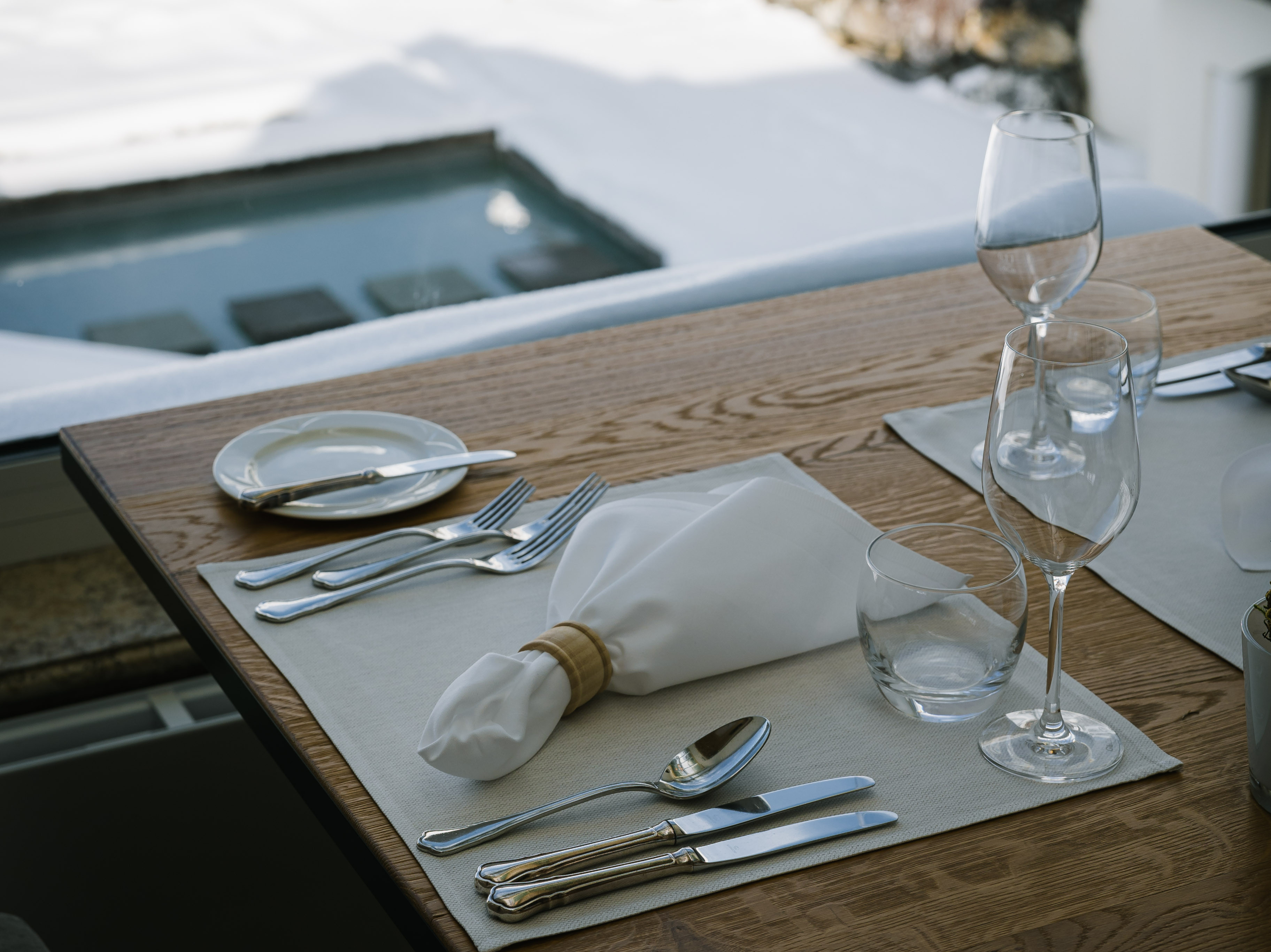
20 after 4: I'm done!
When you have finished eating, place your cutlery parallel to the bottom right-hand side of your plate. Exactly where the hands of the clock would be at "20 past 4 o'clock". This is the universal and clear signal that you have finished eating and the table can be cleared.
20 after 8: I'm taking a break!
Imagine your plate as a clock. If you place your cutlery in the lower third on the left and right of the plate, this means that you are taking a break. The waiter knows that he should not serve your plate yet. This cutlery position is quite common and is also used in everyday life.
5 past half past 6: A compliment to the kitchen!
If you enjoyed your meal, you essentially have two options. You can either tell the waiter when you are being served, or you can place your cutlery on the "5 past half past 7". The knife and fork are placed parallel to each other again and placed on the left half of the plate. In any case, everyone is happy to receive praise - from the waiter to the chef!
20 to 8: I didn't like the dish.
An unofficial etiquette rule is to place cutlery in the "20 to 8" position. Apparently, this cutlery position is a way of expressing your displeasure about bad food. However, if you don't like or don't like the food, we recommend that you tell the waiter verbally. And preferably not after the meal, but as soon as you realize that you don't really like it. This gives the kitchen the opportunity to react. Fair play!
